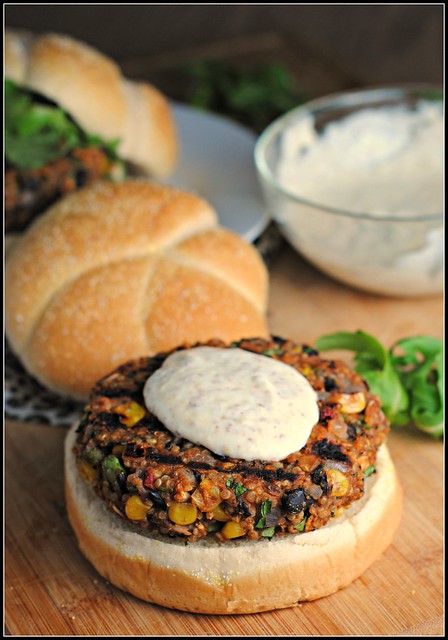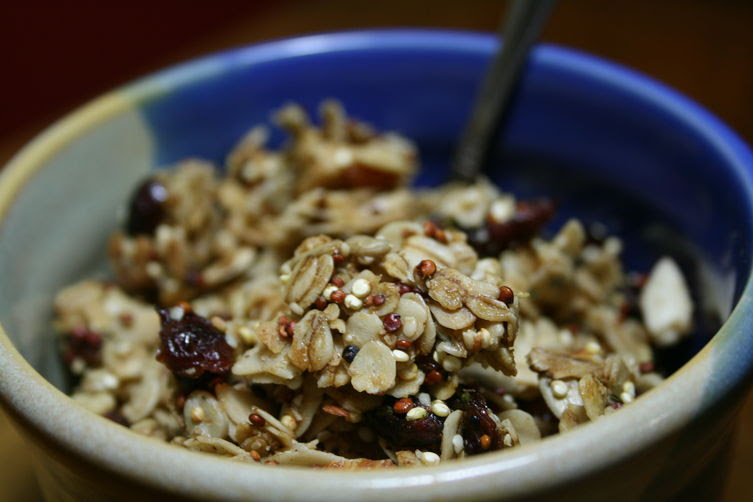Naturopathic medicine for cancer treatments is a valuable support for patients. Such prescriptions are made in addition to and not instead of conventional care; any suggestions, recommendations or prescriptions, like all good medicine, are individualized to the patient, reviewed at regular intervals and understood in their relationship to conventional care. Naturopathic doctors are poised to work collaboratively with medical teams to offer their expertise in natural medicine.
Here are the main areas where naturopathic doctors might weigh in:
1. Nutrition: Food remains at very least one of our best medicines. One could expect recommendations on which foods are best to promote general health based on the individual person and their diagnosis. Also made are suggestions for a particular food or foods that have specific biochemical effects sought. One might also expect to be instructed as to which foods and beverages to avoid.
2. Botanical medicine: Many of our current pharmaceuticals are derived from plants, which can offer powerful and effective medicinal impact. A naturopathic doctor may recommend herbs that can be taken in a number of various forms and/or in combination with other herbs.
3. Supplements: Will likely be recommended to augment an appropriate diet and to address dietary deficiencies. Supplements may be prescribed for general purpose or for specific action. They may contain vitamins, minerals or herbs and may be utilized as single items or in combination.
4. Psychological/emotional elements: Naturopathic doctors, like medical colleagues, appreciate the role that the emotions play in health and are well equipped to refer patients as needed for that care. The field of psychoneuroimmunolgy is established and growing; it is imperative to address how the mind and emotions impact health. Many naturopathic doctors will also suggest stress reduction techniques such as mindfulness meditation, yoga, qigong, biofeedback, art therapy, movement therapy... the list is long.
5. Exercise is an important part of the naturopathic prescription for those with cancer. The recommendations are tailored to the patient, previous exercise history and current physical condition.
6. Homeopathy is a system of medicine that uses very dilute substances to address symptoms a patient may have. It can be used in a general way to support overall health or prescribed specifically for a particular set of symptoms, such as for pain management.
7. Acupuncture: Some naturopathic doctors are also trained in acupuncture and will offer that as part of a cancer prescription.
8. Depending on state licensure scope of practice rules, naturopathic doctors may have some prescriptive authority.
Understanding drug-nutrient interactions, drug-herb interaction and both the possible interfering or potentiating effect of natural medicines recommended is important and is an area where naturopathic doctors are well trained and experienced. There is a plethora of information about natural medicine approaches available to cancer patients; some accurate, some misinformed and some downright dangerous. For instance, green tea may well have positive impact for some, but for other cancer patients undergoing care it may interfere and may be detrimental. Having a naturopathic guide, who has extensive training and expertise to help navigate my course, especially when my focus at this time is on resting and healing, as opposed to doing my own research to investigate options, has been an invaluable gift and complement to the rest of my medical care.


















